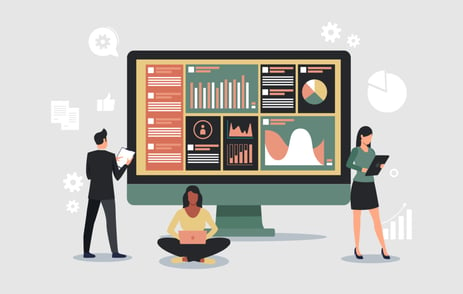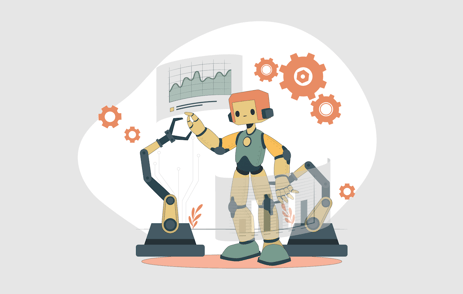The University of South Australia recently published a study on the association between major depression and engagement in workplaces that lack psychological safety and other mental health supports. What they found was that an increased focus on psychological safety measures not only helps to prevent depression, it helps productivity and engagement, too.
“If you work at a company that doesn't value your psychological well-being, your risk of depression doesn't just go up a bit -- it shoots up 300 percent,” reported Inc. contributor Jessica Stillman.
Here’s Why That’s Important For Your Organization:
Psychological safety — a sense of confidence that the team will not embarrass, reject or punish someone for speaking up — is so important for the longevity and success of your organization because team members who do not feel valuable, comfortable and supported are less likely to take risks for the organization.
The psychosocial safety climate theory mentioned in this study “proposes that the origin of poor workplace mental health, such as depression, begins at the organisational level via management practices, priorities and values.”
What Can Your Organization Do To Promote Psychological Safety?
For starters, ask your team members where your organization currently stands.
The Measurement Instrument Database for the Social Sciences offers a team learning and psychological safety survey as a free download to help organizations gauge the level of comfort and safety team members feel while at work. As Harvard Business Review reported, Head of Industry at Google Paul Santagata frequently asks his teams to take this survey to learn more about what he can do to better the organizational culture.
Once you understand where your organization is or is not lacking, you can begin to make a real effort to change the organization’s culture for the better. The ability to fail, ask questions, innovate and speak up when needed truly makes a difference in the comfort of your team members. Maybe implementing weekly or bi-weekly one-on-one meetings to discuss burnout, mental status or anything bothering your team member could be a great first step for building a more psychologically safe workplace.
What Does Psychological Safety Look Like in a Remote or Hybrid Office?
Mostly the same. Innovation, acceptance of failure and much of your organizational culture is easily transferable to the remote and hybrid workspace. The real difference is ensuring remote or hybrid workers don’t get overlooked. Making sure that they are comfortable, able to speak up, and take risks is very important.
For remote workers, make sure you emphasize the need for work/life balance. It can be challenging to separate your personal and professional life when they overlap so easily. Checking in with your employees, allowing them to take a break when needed or respecting personal or family obligations are the foundation of a psychologically safe work environment.
The COVID-19 pandemic has made it clear to everyone that psychologically safety can make or break your organization. An increased focus on work/life balance and the mental and physical health of employees has shown organizations that in order to thrive, your teams must feel secure. Keep this in mind as your organization moves forward.
Tags:
COVID-19
August 25, 2021


